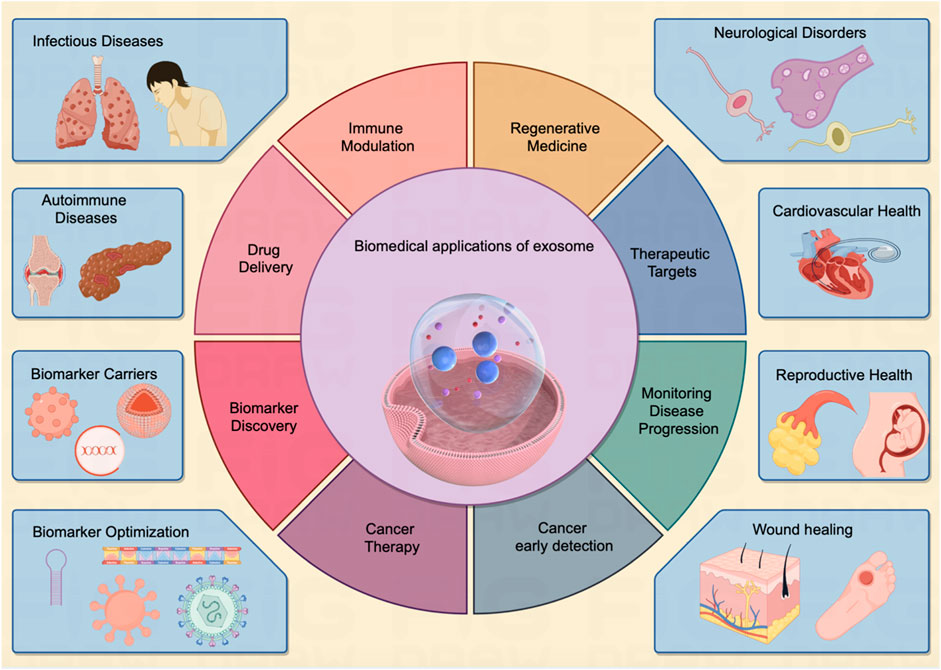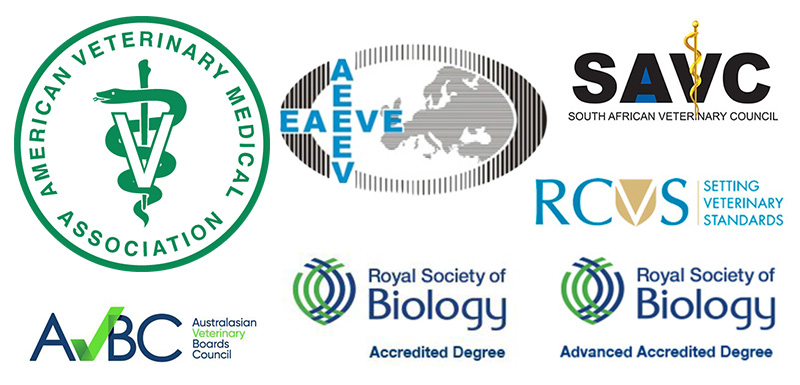Report on Health and Environmental Challenges: A Case Study on Sustainable Development Goals
Incident Summary
This report analyzes an incident involving two individuals, a 27-year-old female and a 36-year-old male, participating in a 21-day survival challenge in the Himalayan foothills of northern India. The case provides a practical illustration of challenges directly related to several United Nations Sustainable Development Goals (SDGs).
- Location: Himalayan Foothills, Northern India
- Primary Subject: 27-year-old female participant (Phaedra)
- Incident: Development of a severe gastrointestinal illness after consuming untreated water.
Analysis in Relation to SDG 6: Clean Water and Sanitation
The core of the incident stems from a failure to secure safe drinking water, a central tenet of SDG 6. The participant’s decision to drink from a stream without prior boiling led directly to a preventable illness.
- The event underscores the critical importance of Target 6.1: to achieve universal and equitable access to safe and affordable drinking water for all.
- It serves as a microcosm of the daily reality for millions who lack access to safely managed water sources, forcing them to rely on contaminated surface water.
- The participant’s illness, Dysentery, is a waterborne disease that highlights the direct health consequences of inadequate water treatment and sanitation infrastructure.
Implications for SDG 3: Good Health and Well-being
The medical diagnosis of Dysentery brings the challenge into sharp alignment with SDG 3, which aims to ensure healthy lives and promote well-being for all at all ages. The situation highlights several key aspects of this goal.
- Disease Prevention: The illness was entirely preventable through basic water purification, demonstrating the link between education, resources (SDG 6), and health outcomes (SDG 3).
- Access to Healthcare: The intervention of a medical team was crucial for diagnosis and assessment. This contrasts with the reality in many remote regions where such access is non-existent, leading to high mortality rates from similar preventable diseases.
- Resilience and Recovery: While the participant was cleared to continue, the period of illness severely impacted her physical capacity and well-being, demonstrating how poor health acts as a barrier to productivity and survival.
Broader Connections to Sustainable Development
The successful completion of the challenge by both participants, despite the health crisis, illustrates the importance of collaboration, a principle embedded in SDG 17: Partnerships for the Goals. The partner’s support was instrumental in the affected individual’s ability to persevere.
- SDG 15 (Life on Land): The setting in the Himalayan foothills emphasizes the delicate balance between human activity and fragile ecosystems. Survival depends on the sustainable use of terrestrial resources, including safe water sources.
- SDG 17 (Partnerships for the Goals): The cooperation between the two individuals was essential for overcoming the health challenge and reaching their objective. This mirrors the necessity for local and global partnerships to achieve the broader SDGs.
Analysis of Sustainable Development Goals (SDGs) in the Article
1. Which SDGs are addressed or connected to the issues highlighted in the article?
The article highlights issues directly connected to two Sustainable Development Goals:
- SDG 3: Good Health and Well-being: This goal is central to the article, as the main event described is a health crisis. The contestant, Phaedra, contracts a “serious intestinal infection” identified as Dysentery. The narrative revolves around her symptoms (“persistent vomiting and diarrhea”), the medical intervention, and her recovery.
- SDG 6: Clean Water and Sanitation: This goal is addressed as the root cause of the health issue. The article explicitly states that Phaedra got sick “after making a bad judgment call, drinking water from a stream without boiling it first.” This points directly to the problem of unsafe water sources and the lack of safe water management practices.
2. What specific targets under those SDGs can be identified based on the article’s content?
Based on the issues discussed, the following specific targets can be identified:
- Target 3.3: By 2030, end the epidemics of AIDS, tuberculosis, malaria and neglected tropical diseases and combat hepatitis, water-borne diseases and other communicable diseases.
The article’s focus on Dysentery directly relates to this target. Dysentery is a water-borne disease, and the contestant’s diagnosis of a “serious intestinal infection” after drinking contaminated water is a clear example of the health risks this target aims to eliminate. - Target 6.1: By 2030, achieve universal and equitable access to safe and affordable drinking water for all.
The incident occurred because the contestant drank from an unsafe water source—a stream—without treating it. The article highlights the immediate negative consequence of lacking access to safe drinking water, which is the core focus of this target. Her illness could have been prevented by boiling the water, a basic form of making it safe for consumption.
3. Are there any indicators mentioned or implied in the article that can be used to measure progress towards the identified targets?
The article implies indicators that are used to measure progress toward the identified targets:
- Indicator for Target 3.3: The article provides a specific case of a water-borne disease. This relates to the official indicator framework which often includes the incidence of specific diseases. In this context, the diagnosis of “Dysentery” serves as a practical example of what is measured when tracking the prevalence of water-borne illnesses. The medical intervention described in the article (“producers intervene and send in medics to assess her condition”) is a response to an incidence of such a disease.
- Indicator for Target 6.1: The article implies the official indicator 6.1.1: Proportion of population using safely managed drinking water services. The situation described—drinking directly from a stream without boiling—is the opposite of using a “safely managed” service. It represents reliance on an unimproved and contaminated water source, highlighting a complete lack of access to safe water and demonstrating the risk associated with it.
4. Summary Table of SDGs, Targets, and Indicators
| SDGs | Targets | Indicators |
|---|---|---|
| SDG 3: Good Health and Well-being | Target 3.3: End the epidemics of… water-borne diseases and other communicable diseases. | Incidence of water-borne diseases: The article provides a specific example with the diagnosis of “Dysentery” resulting from a “serious intestinal infection.” |
| SDG 6: Clean Water and Sanitation | Target 6.1: Achieve universal and equitable access to safe and affordable drinking water for all. | Indicator 6.1.1 (implied): The article highlights the lack of “safely managed drinking water” by describing the act of “drinking water from a stream without boiling it first.” |
Source: aol.com







